Only logged in customers who have purchased this product may leave a review.
Products
- Home
- /
- Shop
- /
- By Subject
- /
- Science
- /
- Basics
- /
- Learning to Classify
- /
- Learning to Classify | 300 Real Picture Cards – 36 Categories
Learning to Classify | 300 Real Picture Cards – 36 Categories
$9.99
Help your students learn to classify by practicing this important skill using this resource offering 300 real picture cards and 36 different ways to classify!
From simple color classification (Red, Orange, Yellow, Green, Blue, Purple, Pink and Brown) to more complex classification such as ‘Things that grow’ vs ‘Things that are born or hatch’…this unit offers plenty of colorful classification practice for PreK through 2nd grade!
Related products
-
$1.50Buy Now
9 worksheets for young students! Each worksheet has 5 rows of pictures. In each row, students will need to find and color the picture that is different. Extend the learning by reviewing each worksheet with the student(s) after completion. Have them tell you why or how each picture is different? If the difference is positional, discuss. If the picture is something entirely different (such as a different type of fruit or vegetable), discuss what the items are and how they are the same and how are they different.
-
$2.50Buy Now
This 5 page booklet will guide students through common minerals which are found in rock, rock textures and the major rock types: igneous, sedimentary and metamorphic.
-
$3.00Buy Now
Help students learn ASL finger spelling with this coloring book! With 26 pages (a page for each letter of the alphabet), students will learn the sign for each letter A-Z. Each page includes the letter, the visual model of the sign and a picture to color.
-
$4.00Buy Now
Students love learning through interactive, hands-on games! This Science resource will help your students learn to identify and classify animals based on the habitat in which they live! Includes 8 habitats and 72 animal cards.
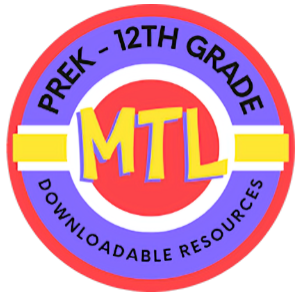



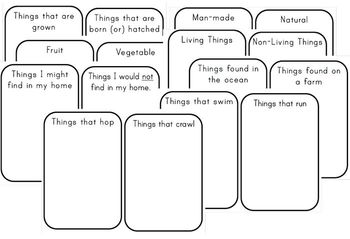
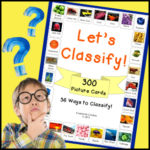
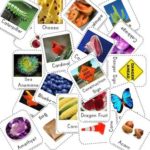
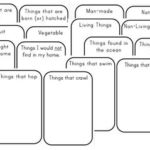
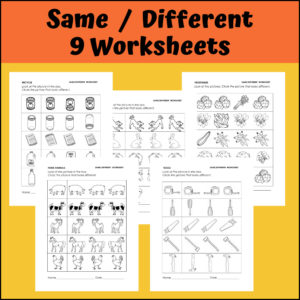
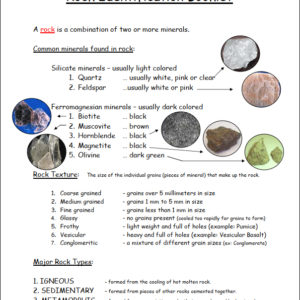
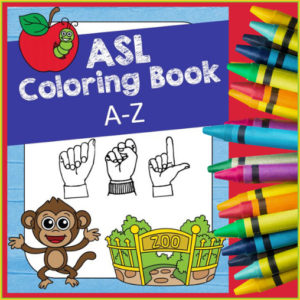
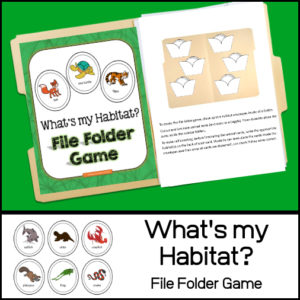
Reviews
There are no reviews yet.